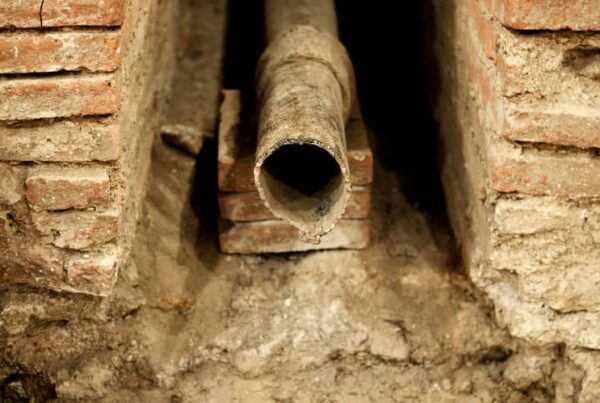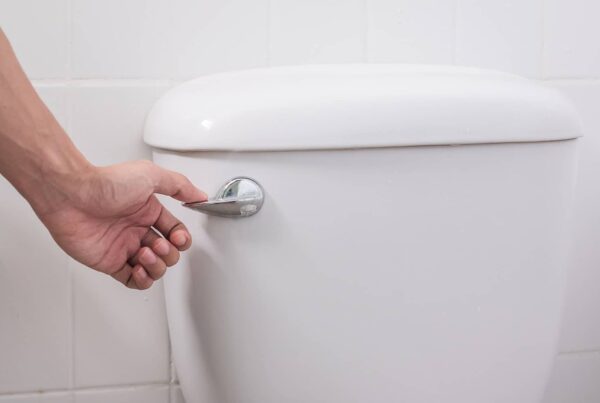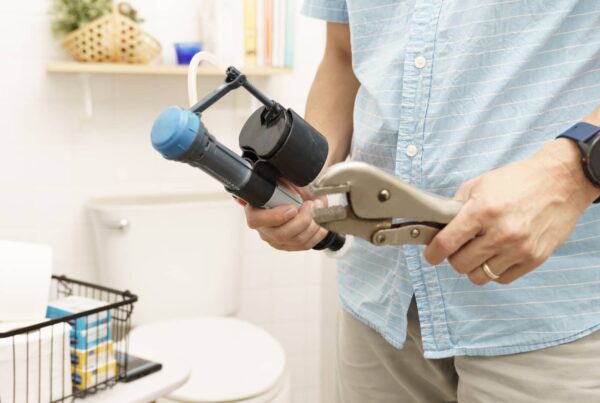
Your sewer lines travel from many portions of your home to a main sewer line outside your home and eventually meets the road to the main city’s sewage system or your septic system. Often times though, your sewer lines can become cracked or damaged which can lead to roots in your sewer lines. This can lead to backups, structural damage, and costly repairs.
So what can you do about it? Well, as a homeowner, the obvious is prevention. However, there are few other steps you can take, let’s take a look.
How Roots Get Into Sewer Lines
Tree roots gravitate towards moisture and food for the tree. Sewer lines happen to be a perfect food and moisture source. Ultimately, if your sewer lines were to become damaged from soil erosion, movement, or an outdated sewer line like cast iron or orangeburg piping, roots are going to naturally grow into your sewer lines.
This can dramatically increase the damage in your sewer lines.
How To Prevent Roots Getting Into Sewer Lines
The place to start is prevention because once roots get into your sewer lines it is already too late. Here are some prevention measures you can take as a homeowner.
Getting a Sewer Scope Inspection
Any homebuyer or homeowner should have a sewer scope inspection completed if they have not had one already. This inspection involves an inspector snaking a camera through your sewer lines so they can see if there is any damage already. Here’s why you would want one if you are buying a home.

Maintain Vegetation
The next step you can take is maintain your vegetation. Be sure to trim trees and bushes and keep large trees away from where your sewer lines are traveling. If you are unsure of where your sewer lines may be, look for sewer clean-out caps in your yard. These caps are generally next to the home and then near the street or septic tank.
If you have large trees in the area of your sewer lines, you should have them professionally removed.
Maintain Grading
The next prevention measure is maintaining your grading. Add gutters and gutter extensions to your home to prevent soil erosion.
In addition, add soil where needed to prevent further soil erosion.
Lastly, ensure your grading slopes away from your home. Any areas of ponding water or negative grading can affect sewer lines.
What To Do About Tree Roots In Your Sewer Lines?
So what if it is too late and you have roots in your sewer lines? Here’s what you should do.
Get a Sewer Scope Inspection If You Have Not Already
If you have not already, get a sewer scope inspection. Waypoint Property Inspection can help homeowners in Tampa Bay, FL.
You will absolutely need one before you do anything since you may not know what you are up against. After seeing the video from your sewer scope, you can make decisions on what to do next.

Remove Trees & Roots
If you are not going to replace your sewer lines, you will most likely need to remove trees and roots in your yard to stop the damage. Otherwise, roots will continue to grow into your sewer lines.
Depending on the severity, you may need to call a professional to remove trees and stop root growth.
Use Sewer Salts or Root Killers
Next, if you are unable to or not going to replace your sewer lines, you can use root killers and sewer salts to kill roots inside your sewer lines.
However, always be sure the chemical you are using is safe for your system. For example, some chemicals may cause more damage to your sewer lines. In addition, there may be restrictions if you have a septic system.
Keep in mind, if you do not remove the trees and roots, the roots will continue to grow back. Some tree roots may have to be professionally cut out if they are too developed.
Replace Sewer Lines
The last step and most obvious is replacing your sewer lines. Depending on what your sewer scope inspection shows, you may only have to do some small localized repairs. If that is the case, you are in luck!
If you have cast iron or orangeburg piping however, you might as replace all of your sewer lines since the issue is going to come back.
Some companies may be able to simply add a liner to your sewer lines. But the longevity and reliability of these liners is not yet known since they are not widely used.
Will Insurance Cover Me?
More often than not, the answer is no since your sewer lines are outside your home. However, you should always speak with your insurance agent about what is going on so they can see how they could assist you.
There have been a massive influx of attorneys who claim they can sue insurance companies to repair the sewer lines. You would have to speak with your attorney and weigh the pros and cons.
Cost For Sewer Line Replacement
The cost to repair or replace your sewer lines can vary drastically depending on the individual project. Some projects may cost only a few hundred dollars for small repairs or thousands for the whole house.
Location, size of the home, and type of sewer line are all factors. The cost could be $3,000 or $30,000.
Final Thoughts
Roots in your sewer lines can be a tough repair on your own. First, you should have a sewer scope inspection and keep up with regular prevention. If you happen to have roots in your sewer lines, consider all of the steps above and be sure you are solving the “root” of the problem.



